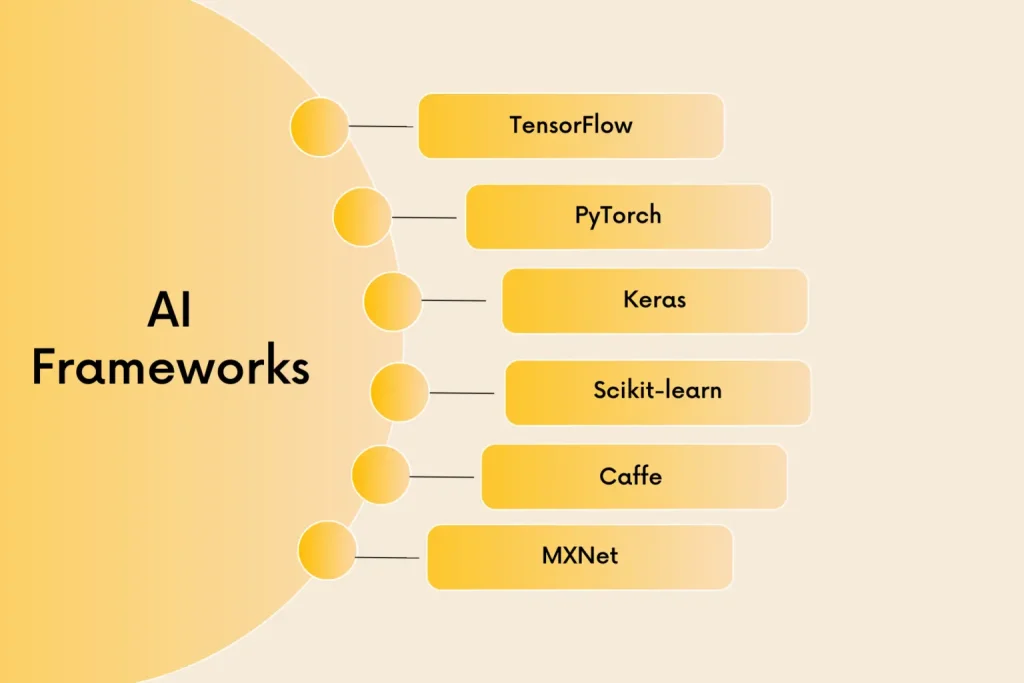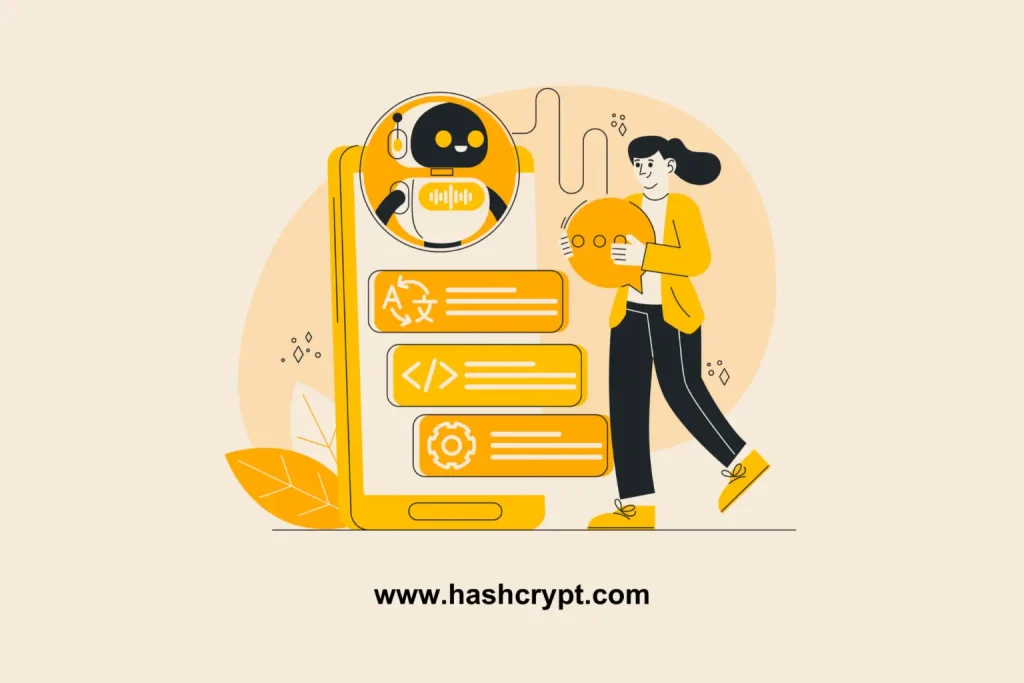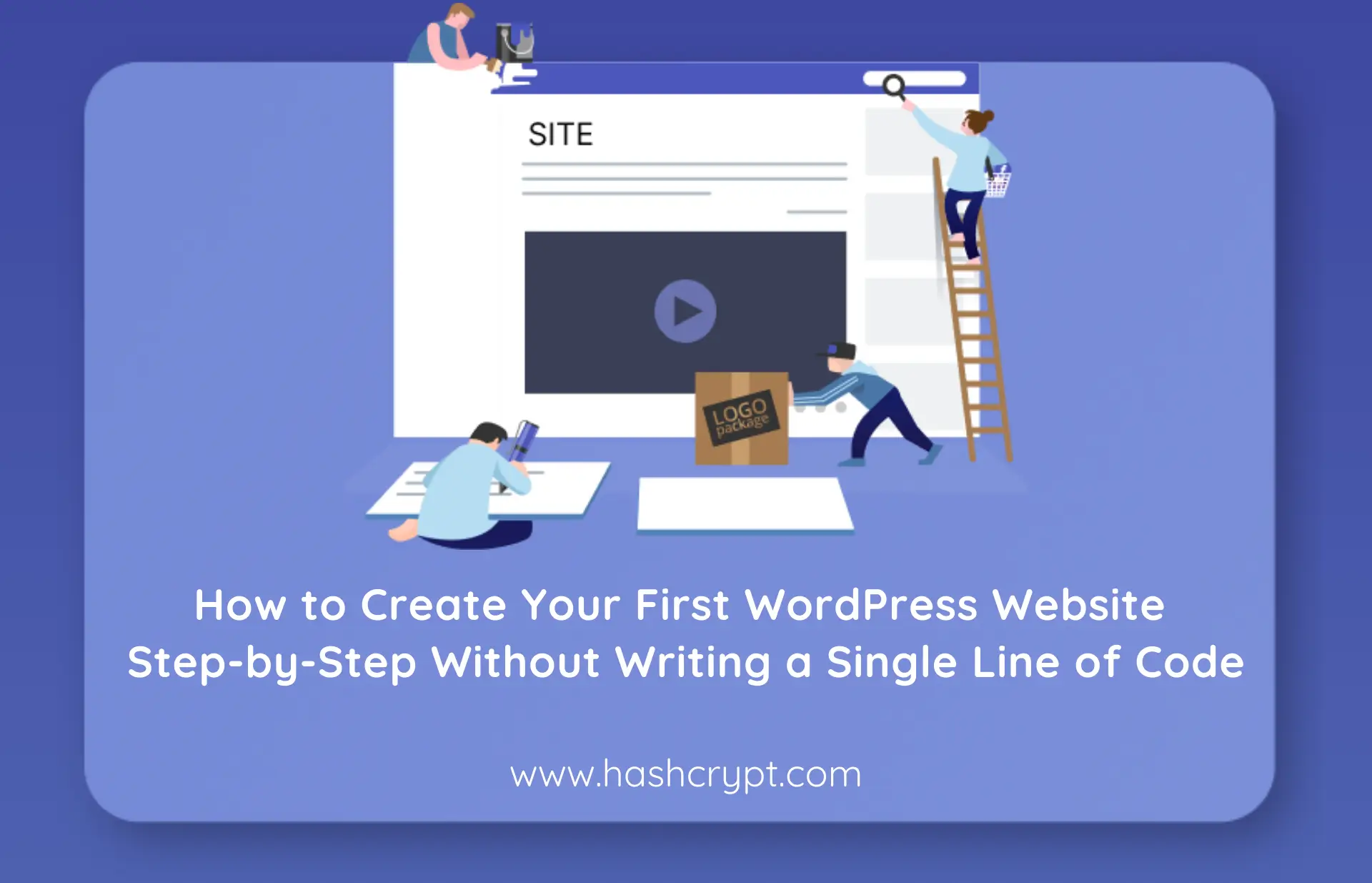Introduction:
Artificial Intelligence (AI), once confined to the realms of science fiction and the R&D departments of tech titans, has evolved into a transformative trigger that has left an indelible mark on the historical trajectory of mobile app development.
This blog post embarks on a journey that dives into the profound influence of AI in revolutionizing contemporary mobile application development. Here, we uncover the intricate technical intricacies that empower AI to craft applications that transcend very functional. And become a marvel of responsiveness, intelligence, and user-centric design.
The AI Revolution in Mobile App Development
AI-Powered Personalization
One of the most evident ways AI enhances mobile app development is through personalization. AI algorithms can analyze user behavior, preferences, and historical data to tailor app experiences. Take, for example, streaming platforms like Netflix and music apps like Spotify. They use AI to recommend content based on what you’ve watched or listened to in the past. The more you interact with the app, the smarter it becomes in predicting what you’d like next.
Natural Language Processing (NLP)
NLP is the technology behind AI-driven chatbots and virtual assistants. Apps like Chat GPT, Google Bard, Apple’s Siri, Google Assistant, and chatbots on websites are powered by NLP. These apps understand and respond to natural language, providing users with a conversational experience.
NLP is also making its mark in business apps, enabling automated customer support and data analysis. For instance, customer service chatbots can understand and resolve user queries, improving customer satisfaction.
Enhanced Security
AI is bolstering the security of mobile and web applications. Facial recognition, fingerprint scanning, and voice recognition technologies are becoming commonplace in-app authentication. For instance, the iPhone’s Face ID uses AI to analyze and verify a user’s face. AI can also detect and prevent security breaches by monitoring user behavior for unusual activities. Anomalous patterns can trigger alerts or block unauthorized access.
Predictive Analytics
Predictive analytics is a game-changer for apps in various industries. For example, fitness apps like Strava use AI to predict a runner’s future performance based on past data. E-commerce apps use predictive analytics to recommend products and optimize inventory. In healthcare, AI-driven apps help predict disease outbreaks and recommend personalized treatments.
Augmented Reality (AR) and Virtual Reality (VR)
AI-powered AR and VR apps are revolutionizing gaming, education, and various industries. Pokémon GO, an AR-based game, uses AI to blend virtual creatures with real-world environments. Similarly, VR training apps leverage AI to create realistic simulations. AI algorithms help track user movements, provide real-time feedback, and adapt scenarios based on user responses.
AI Frameworks and Tools
Several AI frameworks and tools have gained prominence in app development:

TensorFlow:
TensorFlow stands tall as one of the most versatile and widely adopted open-source AI frameworks. Developed by Google, it has become the bedrock for building AI-powered apps across various domains. Its flexibility allows developers to create and train neural networks for a wide range of applications, from image recognition to natural language processing. What sets TensorFlow apart is its extensive ecosystem of libraries and tools, making it a preferred choice for AI enthusiasts and professionals.
PyTorch:
In the world of AI research and experimentation, PyTorch has risen to prominence. Renowned for its dynamic computation graphs and unparalleled flexibility, PyTorch is a top choice among researchers and developers alike. Its dynamic nature allows for on-the-fly adjustments and fine-tuning, making it a preferred tool for cutting-edge AI projects.
Keras:
Simplicity meets power in Keras, a high-level neural networks API. What makes Keras particularly compelling is its seamless integration with TensorFlow. This synergy combines the ease of Keras with the robustness of TensorFlow, allowing developers to swiftly prototype and deploy neural networks. Keras’ user-friendly interface and accessibility make it an excellent choice for those looking to harness the capabilities of deep learning without getting lost in the complexities of AI development.
Scikit-Learn:
While deep learning and neural networks often steal the spotlight, traditional machine learning remains a vital component of AI. Scikit-Learn excels in this arena, offering a rich collection of tools for machine learning and data mining. Its user-friendly interface and extensive library of algorithms make it an ideal choice for those venturing into AI applications.
Caffe:
Caffe is a powerful deep-learning framework that has gained popularity for its speed and efficiency. Developed by the Berkeley Vision and Learning Center (BVLC), Caffe is widely used in computer vision applications and image recognition tasks. Known for its expressive architecture and modularity, Caffe allows researchers and developers to easily experiment with and deploy deep learning models. With a focus on simplicity and speed, Caffe continues to be a valuable tool in the arsenal of machine learning enthusiasts and professionals alike.
MXNet:
MXNet, short for Apache MXNet (incubating), is an open-source deep learning framework designed for both efficiency and flexibility. Maintained by the Apache Software Foundation, MXNet supports a variety of programming languages, making it accessible to a diverse community of developers. What sets MXNet apart is its dynamic computation graph, enabling users to define and modify the neural network architecture on the fly. Making it particularly well-suited for dynamic and adaptive models. With support for multiple devices, including CPUs and GPUs, MXNet empowers machine learning practitioners to build and deploy models seamlessly across different hardware environments.
Challenges and Considerations
While AI promises groundbreaking capabilities, its integration comes with challenges:
Data Privacy: Handling sensitive user data requires robust privacy measures and compliance with regulations like GDPR.
Algorithm Bias: Developers must be vigilant to mitigate bias in AI algorithms, ensuring fair and ethical outcomes.
Scalability: As AI models grow in complexity, scalability becomes a critical consideration, especially for cloud-based applications.
The Future of Mobile App Development
The integration of AI in mobile app development is not just a trend; it’s the future. As AI technologies advance, we can expect apps to become even more intuitive, predictive, and user-focused. Developers who embrace AI can build apps that learn, adapt, and provide unparalleled experiences.
In conclusion,
AI is the driving force behind modern mobile app development, enabling personalization, improving security, and revolutionizing industries through predictive analytics and immersive experiences. Embracing AI in your app development projects can unlock new possibilities and set your applications apart in the competitive digital landscape.
The next time you interact with a smart app, remember that AI is the wizard behind the curtain, making the magic happen.
Our team of proficient mobile app developers leveraged cutting-edge AI technologies in the development process. That helps to deliver personalized user experiences.















